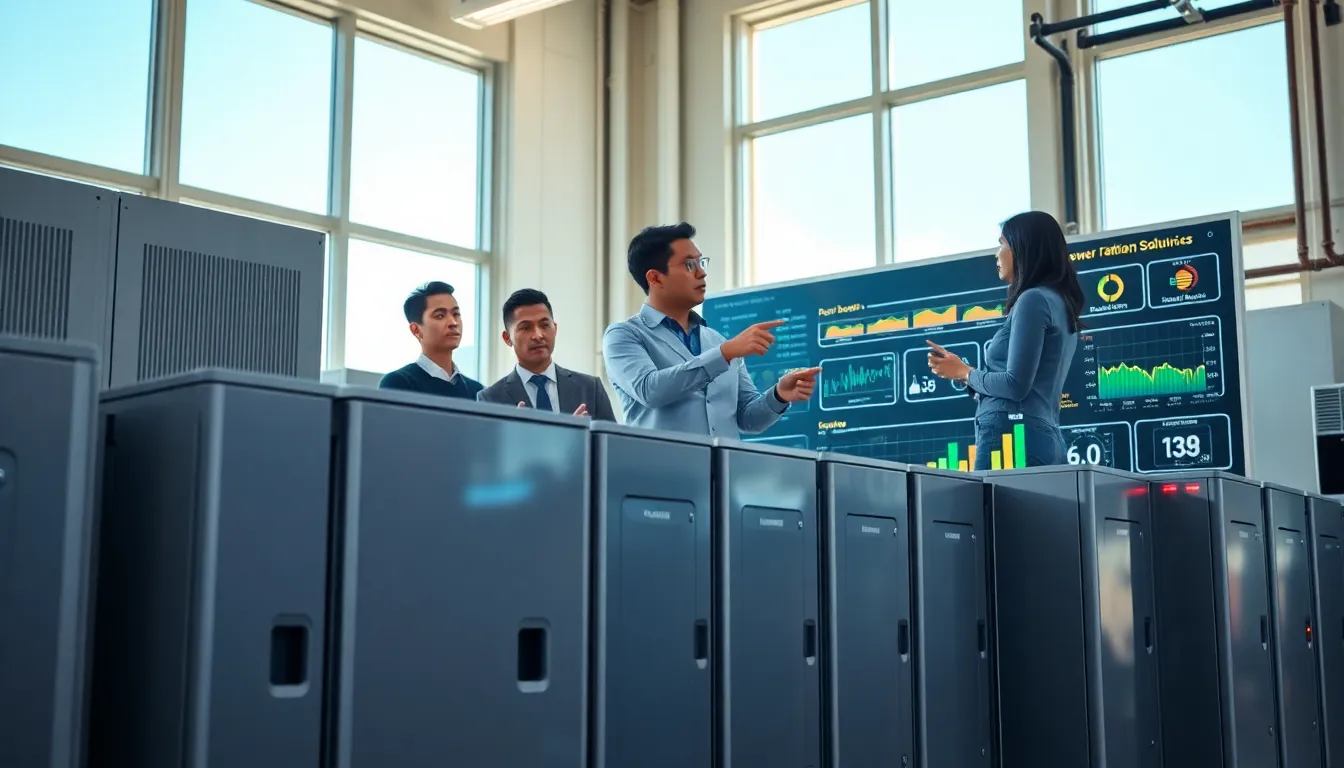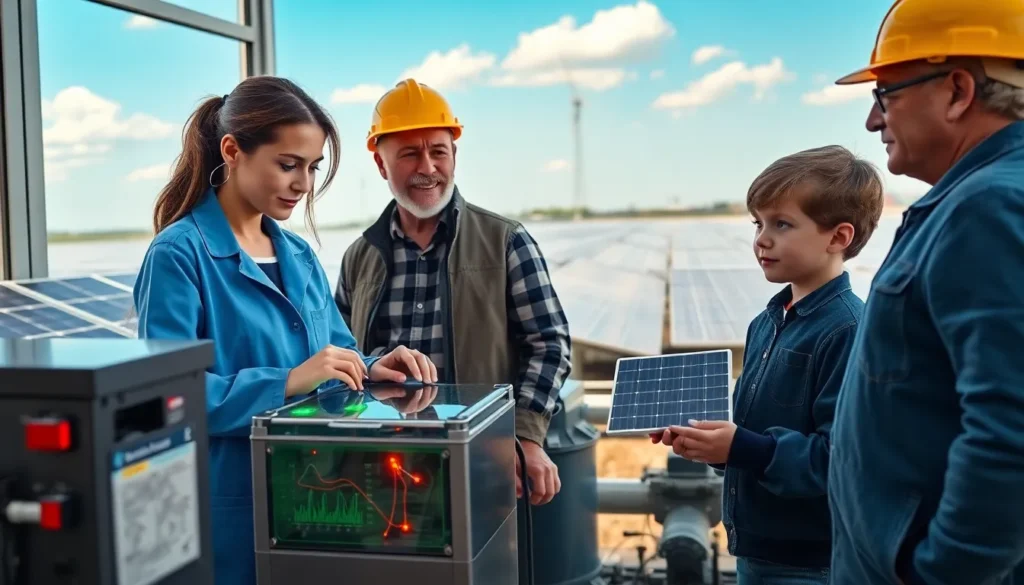Table of Contents
ToggleIn a world increasingly reliant on technology and electrification, understanding and improving power retention has become crucial. LotsOfPower retention focuses on methods to hold and manage energy effectively, ensuring that it is both accessible and sustainable. Maximizing energy retention not only benefits consumers financially but also plays a significant role in environmental sustainability. This article explores the nuances of power retention, its importance, viable strategies for improvement, the role of technology, challenges faced in the industry, and future trends.
Understanding Power Retention

Power retention refers to the ability to store and effectively manage electrical energy for later use. It encompasses a variety of methods and technologies aimed at reducing energy waste. The process typically involves storage systems like batteries, flywheels, and thermal storage solutions. These systems capture surplus energy generated during peak production times, allowing it to be used when demand is high or supply is disrupted. Understanding how these systems work and integrating them into everyday energy management practices is essential for enhancing energy efficiency.
Importance of Energy Efficiency
Energy efficiency is vital for several reasons. Firstly, it significantly reduces operational costs for consumers and businesses. When less energy is wasted, there’s less money spent on utilities, which can amount to significant savings over time. Secondly, maximizing energy efficiency minimizes environmental impact. By reducing energy consumption, greenhouse gas emissions associated with energy production decrease, leading to a healthier planet. Also, countries that focus on energy efficiency are less reliant on imported energy, which enhances energy security.
Strategies for Enhancing LotsOfPower Retention
Enhancing power retention requires a multifaceted approach that leverages various technologies and methodologies. Below are some effective strategies:
1. Optimizing Energy Storage Solutions
Modern energy storage solutions, such as lithium-ion batteries or solid-state batteries, are indispensable for high power retention. Optimizing these systems can mean deploying advanced battery management systems (BMS) that monitor cell performance and extend lifespans. Innovations such as flow batteries, which are particularly useful for larger energy demands, can also be explored for better efficiency.
2. Implementing Smart Grids
Smart grids represent an evolution of traditional electrical grids, integrating digital technology to enhance the efficiency of power distribution. By employing real-time data analytics, smart grids can manage energy flow more effectively, reducing wastage and enhancing power retention on a larger scale. This system enables better load distribution and integration of renewable energy sources, optimizing overall performance.
3. Integrating Renewable Energy Sources
The incorporation of renewable energy sources like solar, wind, and hydroelectric power into the energy mix is essential for improving LotsOfPower retention. These sources not only provide cleaner energy but also help maintain a more stable energy supply. By using systems such as solar batteries, businesses and homes can store excess solar power generated during the day for use at night, thereby increasing overall energy efficiency.
The Role of Technology in Power Retention
Technology plays a pivotal role in enhancing LotsOfPower retention. Advancements in battery technology, including development of higher capacity and faster-charging systems, have significantly improved retention capabilities. Software solutions for predictive analytics help in foreseeing energy needs, allowing for better storage management. Also, smart home technologies enable real-time monitoring and optimization of energy usage, which drastically increases the effectiveness of power retention initiatives.
Challenges in Achieving Power Retention
Even though the clear benefits, several challenges hinder progress in power retention. First is the initial cost of implementing advanced energy storage solutions. While these technologies save money in the long run, the upfront expenditure can be a barrier for many businesses and households. Second, battery recycling poses significant environmental challenges, as improper disposal can lead to toxicity and pollution. Also, regulatory hurdles often complicate the integration of innovative technologies into existing energy systems.
Future Trends in Power Retention Technologies
As the demand for energy efficiency continues to grow, several emerging trends are shaping the future of LotsOfPower retention. Firstly, developments in battery technology are on the rise, with more focus on sustainable materials and recycling methods that enhance environmental protection. Secondly, the Internet of Things (IoT) will further help the integration of smart devices into energy systems, promoting real-time energy management. Finally, artificial intelligence has the potential to optimize energy distribution and storage on a scale previously thought impossible, enabling an era of unmatched efficiency.
Conclusion
To conclude, maximizing LotsOfPower retention is critical for enhancing energy efficiency. By understanding power retention and implementing effective strategies, individuals and organizations can significantly cut costs and environmental impact. As technology evolves and challenges are addressed, the future promises even greater advancements in energy efficiency and retention, paving the way for a more sustainable energy landscape.



